'Will we have enough food?:' Millions of Americans are now unemployed and hungry. Food banks worry they can't feed them.
Paulina Cachero
San Antonio Food Bank workers give out food at drive-thru pop ups amid the coronavirus crisis. Courtesy of San Antonio Food Bank
Stay-at-home orders have put 22 million Americans out of work, leaving them without money to pay the bills or put food on the table during the coronavirus pandemic.
Around 95% of the food banks at Feeding America, a national network of food banks, reported an increase in demand for food assistance compared to last year. They've had an average increase of 70% since the pandemic began.
As food banks witness an increase in demand, they are also balancing a decrease in food supplies and a forced shift in the way they distribute food to keep people safe from infection.
Many food banks and food pantry leaders worry that they won't have enough to continue feeding the unprecedented number of hungry Americans if the coronavirus lockdowns continue.
Images of the miles-long lines of cars waiting to get a small box of groceries the San Antonio Food Bank painted a picture of the devastating impact of the coronavirus lockdowns that have put millions of Americans out of work — and have left them hungry.
"These lines that are forming that are longer than I've ever seen in my life. I mean, I just have never seen this kind of demand," Eric Cooper, the president of San Antonio Food Bank since 2001, told Business Insider.
His food bank saw an unprecedented number of 10,000 hungry families waiting to get food last week.
"The end of the crisis is not in sight, just like the end of the line of cars is not in sight," he said.
—ricburton 🐚 @ShellProtocol (@ricburton) April 10, 2020
The San Antonio Food Bank serves 16 counties in Texas, Cooper said. Before the coronavirus swept the nation, the organizations served 60,000 people on average a week. Now, they're serving 120,000 people a week, with as many as 10,000 families showing up to a single distribution.
Cooper said some families have begun lining up 12 hours before the food bank distribution time to make sure they're one of the lucky few to get a box of meat, produce, and more.
However, the San Antonio Food Bank is hardly the only organization struggling to keep up with the demand of the 22 million Americans who have been left unemployed.
The pandemic has created a 'perfect storm' of circumstances that poses an unprecedented challenge for food banks
School closures and sky-rocketing unemployment due to quarantine and stay-at-home orders have left many families without money to pay the bills and for meals needed on the table.
In Los Angeles, where more than 50% of the population is now unemployed, thousands of residents lined up outside of food banks. In New York, the epicenter of the US coronavirus outbreak, food banks are buckling under the weight of demand.
Feeding America, a network of 200 food banks across the country and 60,000 partner food pantries, including the San Antonio Food Bank, found that 95% of its food banks reported an increase in demand for food assistance compared to last year, with an average increase of 70% since the pandemic.
Feeding America estimates that they could see an additional 17.1 million people experiencing food insecurity if the virus continues to plague the country.
Many of those who now wait in miles-long lines have never experienced food insecurity before. Cooper said he has seen both unfamiliar and unexpected faces at food distributions.
"I've seen so many in our line who knew of the food bank because they had volunteered here — now they're being served here," Cooper said
However, the overwhelming surges of hungry Americans aren't the only obstacle food banks face.
As food banks witness an increase in demand, they are also balancing a decrease in food resources and a forced shift in the way they distribute food to keep staff, volunteers, the families they are serving safe from infection
Katie Fitzgerald, Feeding America's vice president and chief operating officer, told Business Insider that the pandemic has created a "perfect storm" of circumstances that has posed an unprecedented challenge in its 50 years of service.
Texas Army National Guardsmen are deployed to the East Texas Food Bank Courtesy of Feeding America
Although food banks are serving exponentially more people, many are working with skeleton crews to meet the demand. In some states, the national guard have been deployed to help hand out food and package produce.
"There is a lack of volunteers and workers now because people are unemployed or volunteers are afraid that they are going to catch the virus," Cheryl Jackon, the founder of Minnie's Food Pantry in Plano, Texas, told Business Insider.
To keep the volume of food moving and adhere to CDC guidelines for social distancing, food banks are doing 24-hour warehouse operations to space out packaging food, increase sanitization, and more. Fitzgerald added that many food banks are increasing to a six or even seven-day a week schedule.
"In four weeks we've had 22 million unemployment claims — it certainly has never happened in the history of modern food banking. We are navigating this as everyone else," Fitzgerald noted.

Although food banks are serving exponentially more people, many are working with skeleton crews to meet the demand. In some states, the national guard have been deployed to help hand out food and package produce.
"There is a lack of volunteers and workers now because people are unemployed or volunteers are afraid that they are going to catch the virus," Cheryl Jackon, the founder of Minnie's Food Pantry in Plano, Texas, told Business Insider.
To keep the volume of food moving and adhere to CDC guidelines for social distancing, food banks are doing 24-hour warehouse operations to space out packaging food, increase sanitization, and more. Fitzgerald added that many food banks are increasing to a six or even seven-day a week schedule.
"In four weeks we've had 22 million unemployment claims — it certainly has never happened in the history of modern food banking. We are navigating this as everyone else," Fitzgerald noted.
San Antonio Food Bank workers deliver food to hungry families through their car window. Courtesy of San Antonio Food Banks
At many food pantries, where the produce from food banks is given to distribute the food, they've had to revamp their entire operations to keep safe distances. Many have up a drive-thru to give boxes through open windows to minimize contact. Jackson said these precautionary measures have taken the heart out of her food pantry.
"People can't see the smile behind a face mask and we can't show you we care with a hug because of social distancing. Everything that shows that you care has been stripped from our country," Jackson said. "We're all walking like zombies."
Although the face masks and gloves she requires her food pantry workers to use take the personal touch out of the service they deliver, she worries she will run out the critical protective gear, forcing her to close her doors.
"These people are making sure families have meals," Jackson told Business Insider. "As their leader, I want to make sure that I'm protecting my food pantry workers as much as hospital leaders want to protect their nurses and doctors."
Food banks worry they won't have enough food to feed millions of hungry Americans
The coronavirus lockdown measures have hit food bank's resources hard. With people panic-buying food at grocery stores and restaurants who usually donate leftover food closed indefinitely, the resources they usually turn to are dwindling.
"The has been a 40% to 60% decrease in donations. Food banks are having to meet this demand with less food," Fitzgerald told Business Insider
As food banks struggle to source groceries to give, farmers are dumping thousands of gallons of milk and burning millions of pounds of fresh produce due to a lack of infrastructure to distribute it to food pantries in need, according to a report from The New York Times.
However, Feeding American and the American Farm Bureau are working to get that produce and dairy to hungry families in need through the Families First Coronavirus Response Act, which includes $1 billion in nutrition assistance, including $400 million for The Emergency Food Assistance Program (TEFAP) — a program that helps USDA and farmers connect with food banks to get surplus food to people in need — and the Supplemental Nutrition Assistance Program (SNAP) — a federal entitlement program that gives qualifying families nutrition benefits on an electronic benefits card to purchase food at grocery stores.
People queue to pick up fresh food at a Los Angeles Regional Food Bank giveaway of 2,000 boxes of groceries, as the spread of the coronavirus disease (COVID-19) continues, in Los Angeles, California, April 9, 2020. Lucy Nicholson/Reuters
However, Cooper fears the nutrition assistance programs will not arrive in time. He said the first trucks from the USDA will likely come mid-summer, "but families have to eat in the meantime."
"I realize that the lines are just going to get longer before they get shorter in that we have to be prepared to feed them," Cooper said. " And that's the biggest challenge. Will we have enough food?"
Jackson said she can't even remember the number of times Minnie's Food Pantry has run out of food to give in the last three weeks. She has reached out to countless non-profits, food manufacturers, and restaurants to donate what food they can spare — but she worries about what will happen if the coronavirus continues for much longer.
"I'm afraid that we don't have the food," Jackson added somberly. "The longer this pandemic goes on, the more people we will have to serve. I'm afraid that a lot of food pantries will shut down because they will not be able to handle the load."
Cooper said they have been fortunate enough to receive enough financial support to keep up with the demand. However, he also fears the daunting challenges food banks face to make sure American families don't go hungry.
"I guess in a lot of ways we're praying for a miracle — I can't see how our food supply will last," Cooper worried. "But I'm gonna keep believing and exercise in the faith that the resources, the resources will come together and that we'll get through this."
However, Cooper fears the nutrition assistance programs will not arrive in time. He said the first trucks from the USDA will likely come mid-summer, "but families have to eat in the meantime."
"I realize that the lines are just going to get longer before they get shorter in that we have to be prepared to feed them," Cooper said. " And that's the biggest challenge. Will we have enough food?"
Jackson said she can't even remember the number of times Minnie's Food Pantry has run out of food to give in the last three weeks. She has reached out to countless non-profits, food manufacturers, and restaurants to donate what food they can spare — but she worries about what will happen if the coronavirus continues for much longer.
"I'm afraid that we don't have the food," Jackson added somberly. "The longer this pandemic goes on, the more people we will have to serve. I'm afraid that a lot of food pantries will shut down because they will not be able to handle the load."
Cooper said they have been fortunate enough to receive enough financial support to keep up with the demand. However, he also fears the daunting challenges food banks face to make sure American families don't go hungry.
"I guess in a lot of ways we're praying for a miracle — I can't see how our food supply will last," Cooper worried. "But I'm gonna keep believing and exercise in the faith that the resources, the resources will come together and that we'll get through this."
---30---
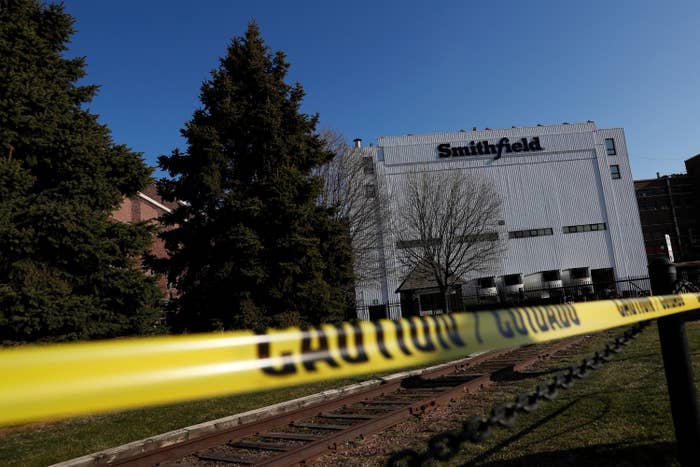
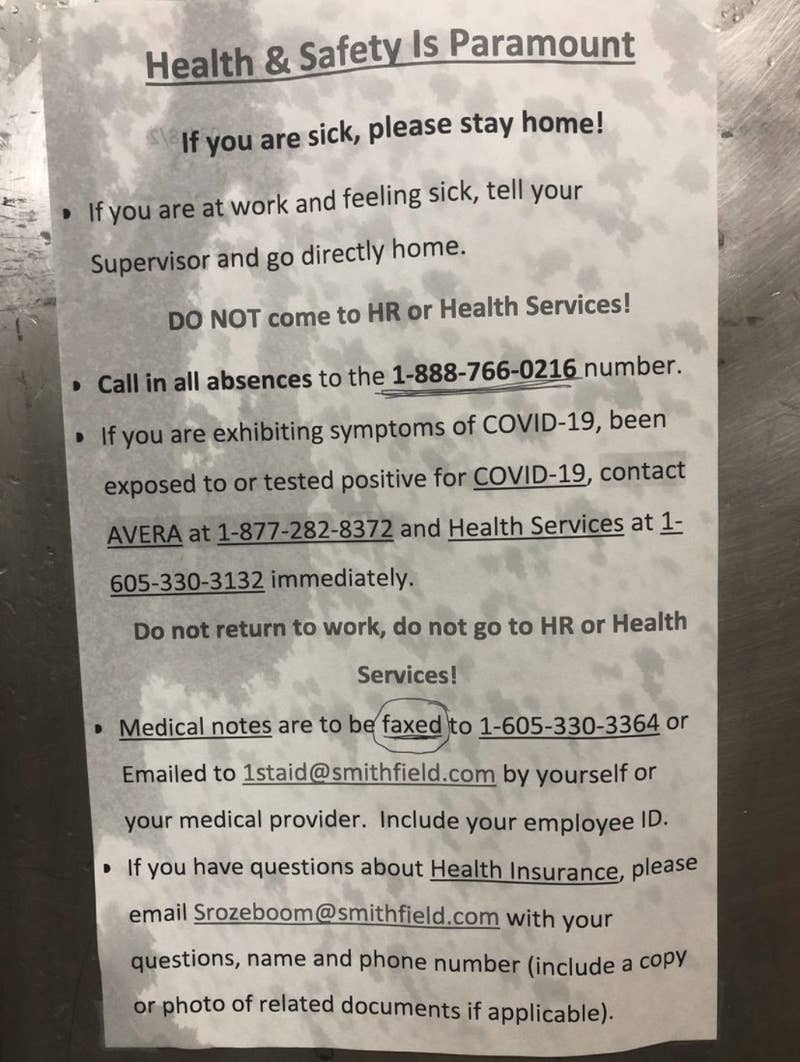
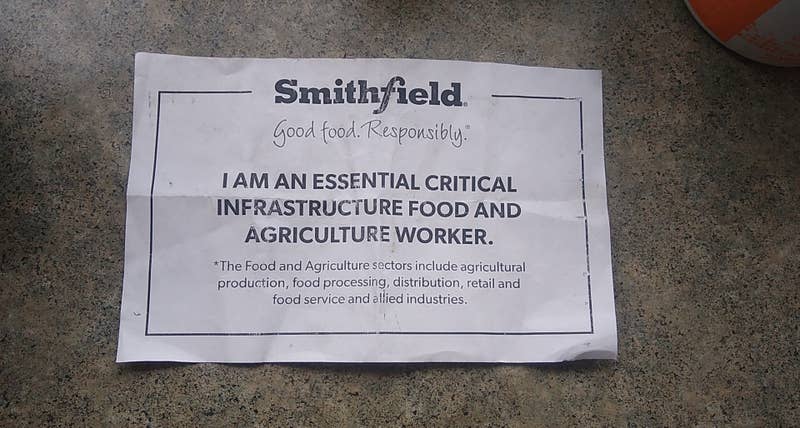

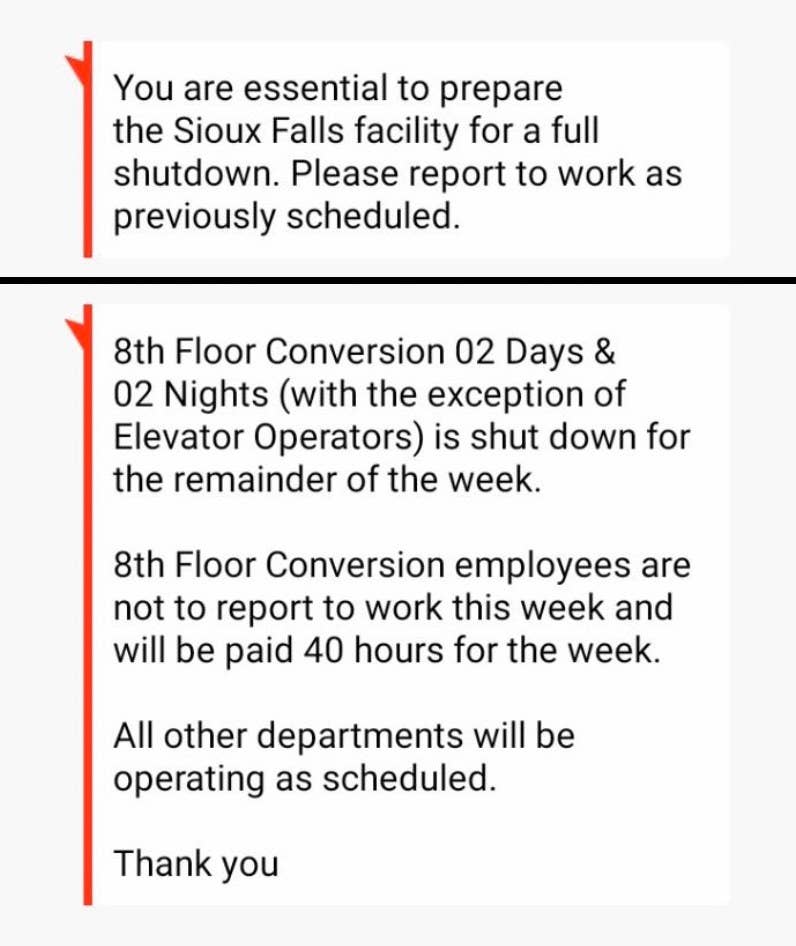



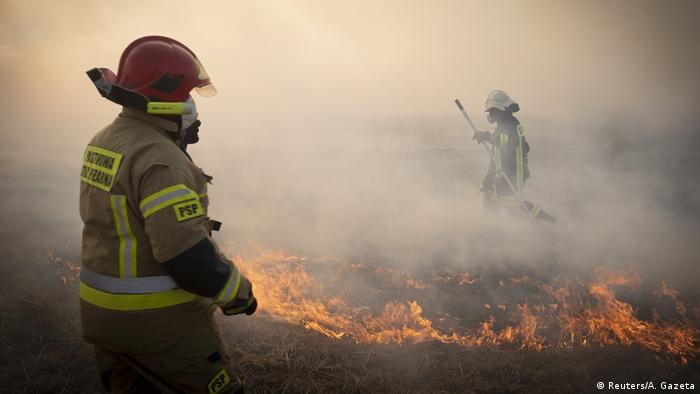
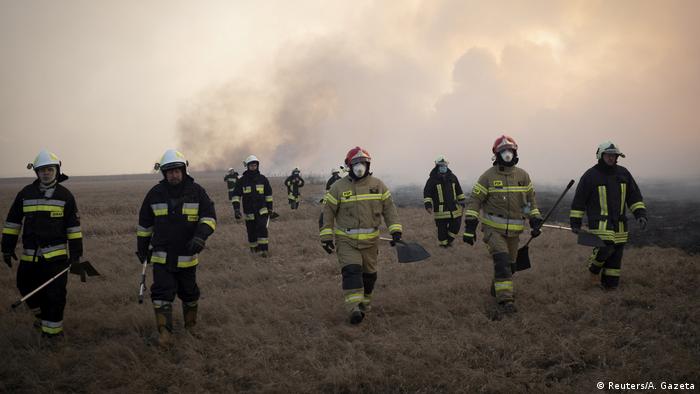

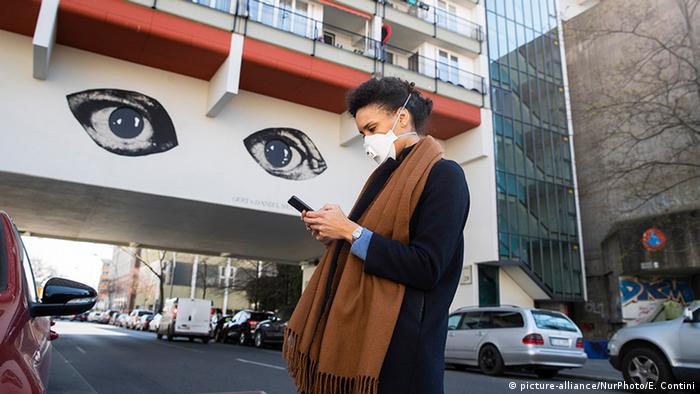


.webp)